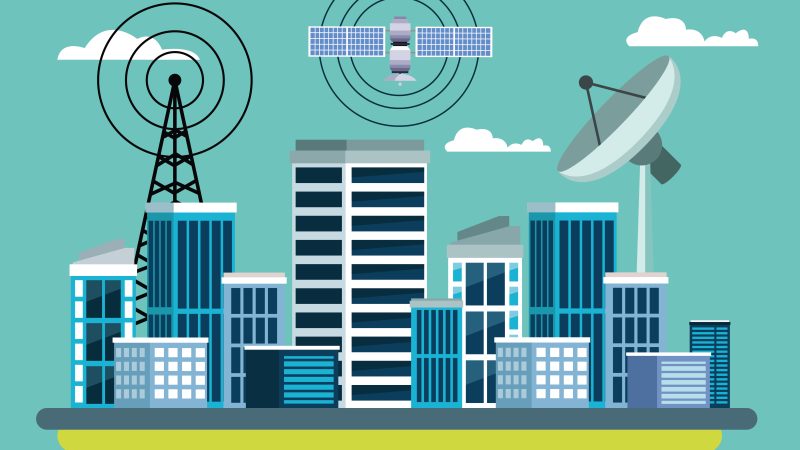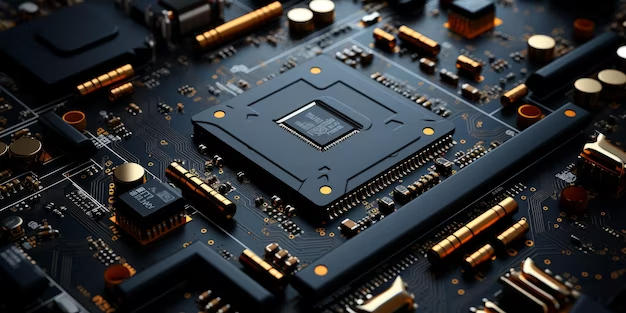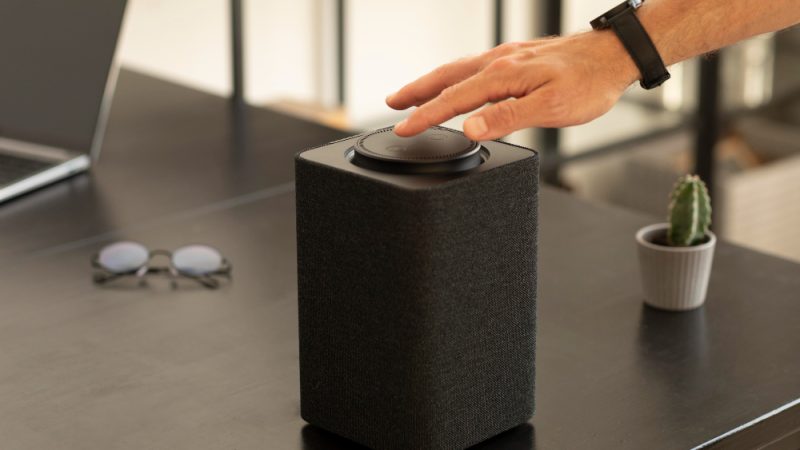What are The Signs of a Good Label Printer?
Label printers are essential tools for businesses that need to print labels regularly. Industrialists use it to print barcodes, product labels, price tags, shipping labels, and more. A good label printer can make your labelling tasks more efficient, accurate, and cost-effective. But what are the signs of a good label printer? Today’s blog post will discuss all the significant features and factors you should look for when selecting a label printer.
1. Print Quality
The first essential feature of a good label printer is print quality. The quality of the labels printed by a label printer can significantly impact the readability of barcodes and other information on the label. The printer should be able to print at a high resolution and produce crisp and clear labels. The experts measure printer resolution in DPI (dots per inch), and a good label printer should be able to print at a resolution of 300 DPI or higher.
2. Print Speed
The speed of the label printer is also an important consideration. A good label printer should be able to print labels, without sacrificing the quality. It is essential if you have many labels to print, as it can save you time and improve your overall efficiency.
The speed at which a label printer can print labels can significantly impact the efficiency of your labelling process. A good label printer should be able to print labels at a reasonable speed, without compromising on print quality. The printer speed is measured in inches per second (IPS), and a good label printer should be able to print at a speed of at least 4 IPS.
3. Connectivity
Connectivity is another significant factor to consider when selecting a printer to print labels for bottles. A good label printer always has connectivity options. A label printer should be easy to connect to your computer or network. Most modern label printers have various connectivity options, including USB, Ethernet, Wi-Fi, and Bluetooth. The printer should be compatible with your operating system and software and easy to set up and configure. It must allow you to print labels from several computers and devices, making the printing procedure more efficient.
4. Durability
If you use a label printer in a busy or harsh environment, durability is crucial when selecting a label printer. A good label printer should be made from high-quality materials that can withstand frequent use, occasional bumps and knocks and exposure to dust, dirt, and other environmental factors. The printer should also have a design to handle different label materials, including synthetic materials, which can be more durable than paper labels. It should also have a long-lasting printhead and other components, so you can rely on it to print high-quality labels for years.
5. User-Friendly
A good label printer should be easy-to-use, even for unfamiliar people. The printer should have user-friendly software that allows you to design and print labels quickly and easily. The printer should also have an easy interface with clear and intuitive buttons and menus. Additionally, the printer should have easy-to-load and change label rolls and ribbons.
6. Versatility
A good label printer should be versatile enough to print labels in different sizes and formats. The printer should also be compatible with several label materials, including paper, synthetic materials, vinyl, polyester, and tags. It should be able to print labels in different shapes and sizes. It should also be able to print in different colours, so you can create labels that stand out and grab attention. Some label printers also come with the ability to print on both sides of the label or to print labels with different colours and finishes.
7. Cost-Effective
A good label printer should be cost-effective, with a low cost of ownership over the long term. The printer should be energy-efficient, with low power consumption and a long lifespan. Additionally, the printer should be able to use low-cost label materials, including paper labels and compatible ribbons. The printer should also have a low maintenance cost, with easy-to-replace parts and minimal downtime.
8. Brand Reputation
Finally, it is important to consider the brand reputation when selecting a label printer. Look for a reputable brand with a history of producing high-quality and reliable label printers. Read reviews and ratings from other customers, and ask for recommendations from other businesses in your industry. A good brand will also offer good customer support, with a warranty and technical support available.
9. Cut Labels in Automated Size
This may seem like a small point, but it’s quite crucial. A lot of individuals undervalue the usefulness of an automated label printer. Clean, even end cuts that are not frayed or broken can be produced with an automated label printer. Moreover, since the cutter in the printer runs automatically and there is no need to stop printing to manually cut each label, an automatic label printer enables continuous printing.
10. In-House Production
This could even rank among the top advantages of a high-quality label printer. It is crucial to have the capability to design and print labels from the convenience of your office environment. Searching the internet for the best labels to fit your company’s demands, then having to wait till they are sent, may take a lot of time. From beginning to end, this amounts to a total unjustified wait period of almost a week. Instead, printing labels fast and easily from your office environment is considerably simpler.
Final Thoughts,
A label printer is a necessary tool for any business that requires labelling items, packages, or products. When choosing a label printer, it’s important to look for signs of high-quality printing, versatility, speed, connectivity, ease of use, durability, and cost-effectiveness. By choosing a label printer from DAL, you’ll be able to meet these criteria and ensure that your labels look professional, your printing process is efficient, and your business runs smoothly.






